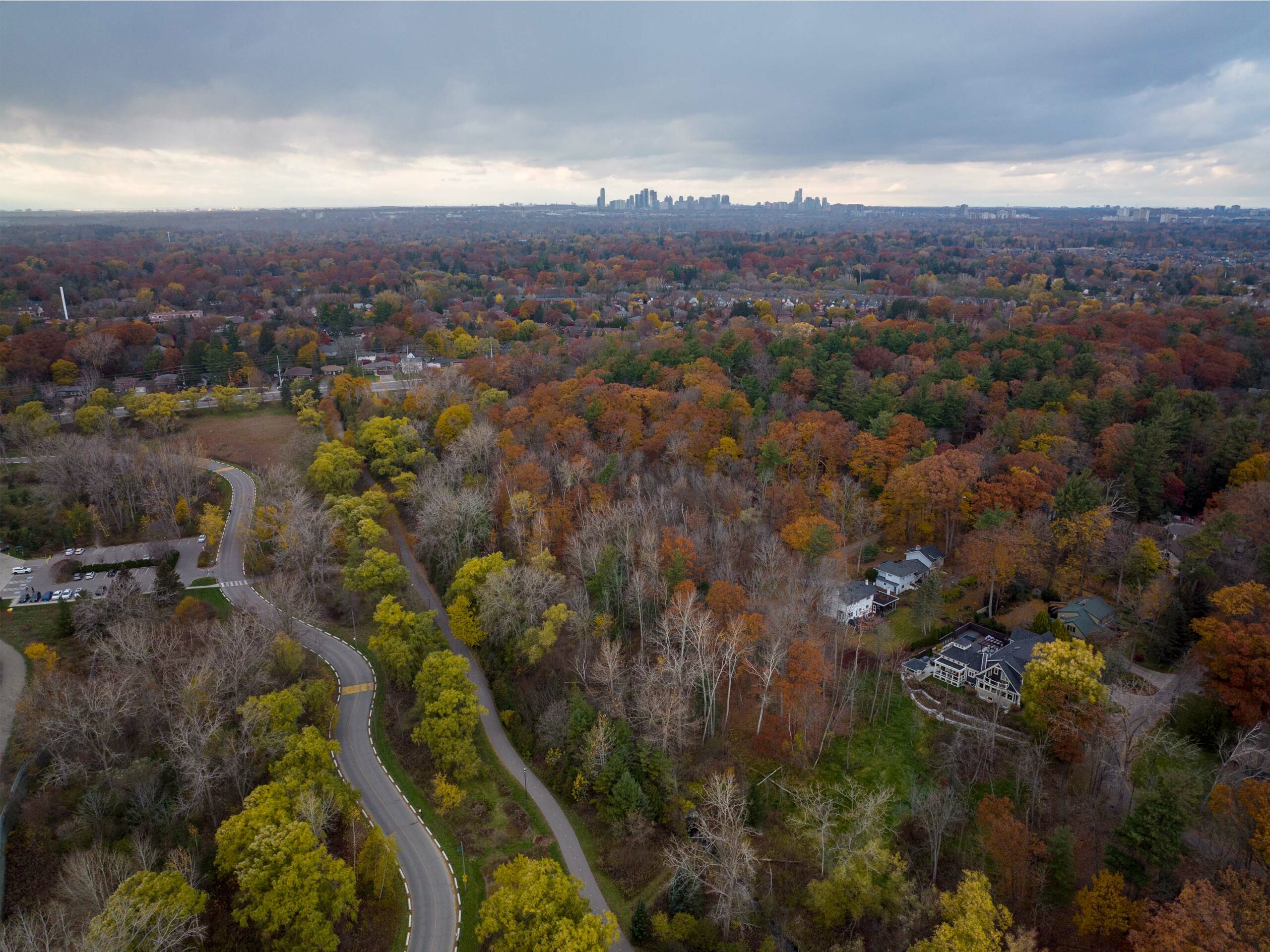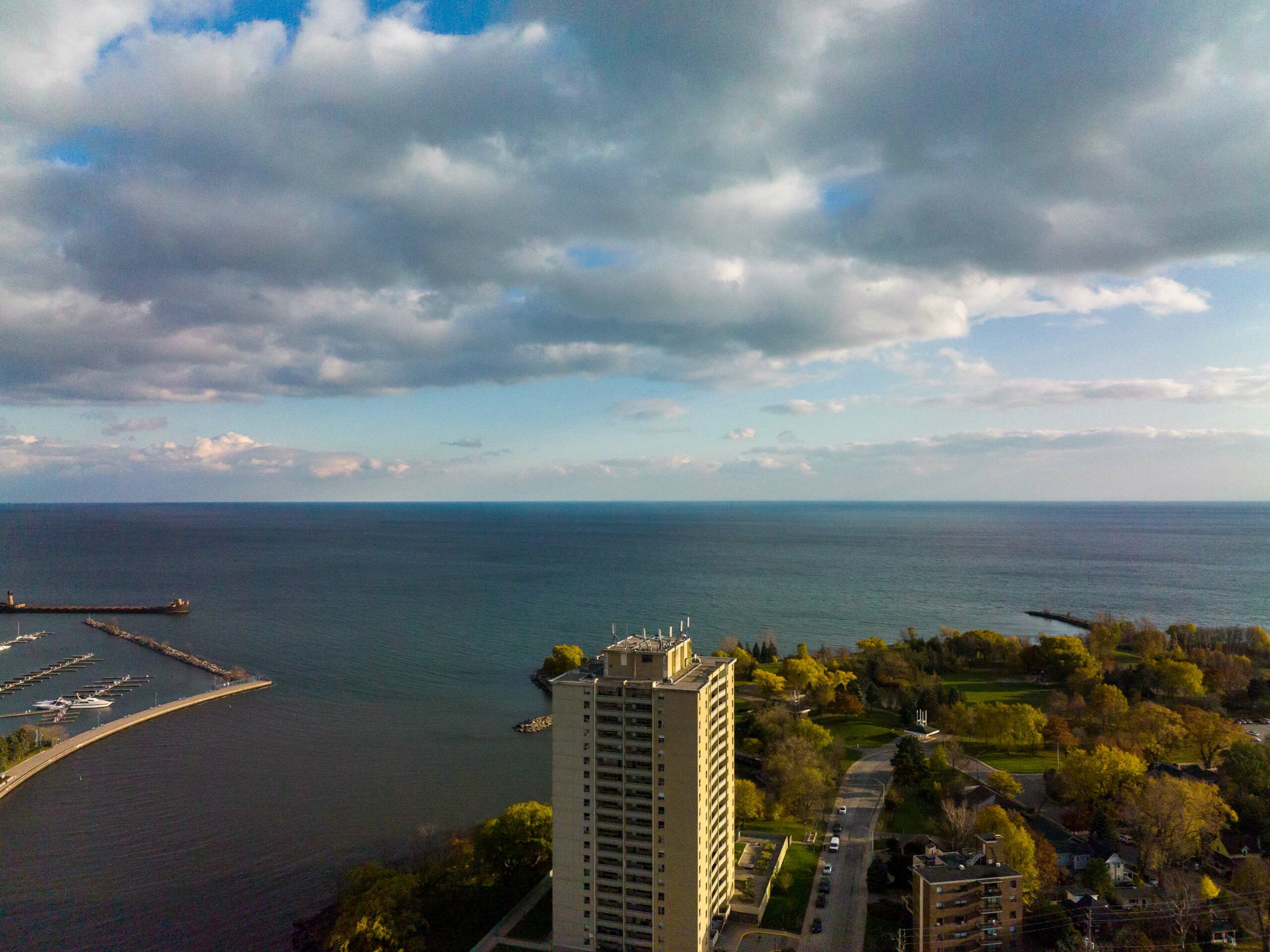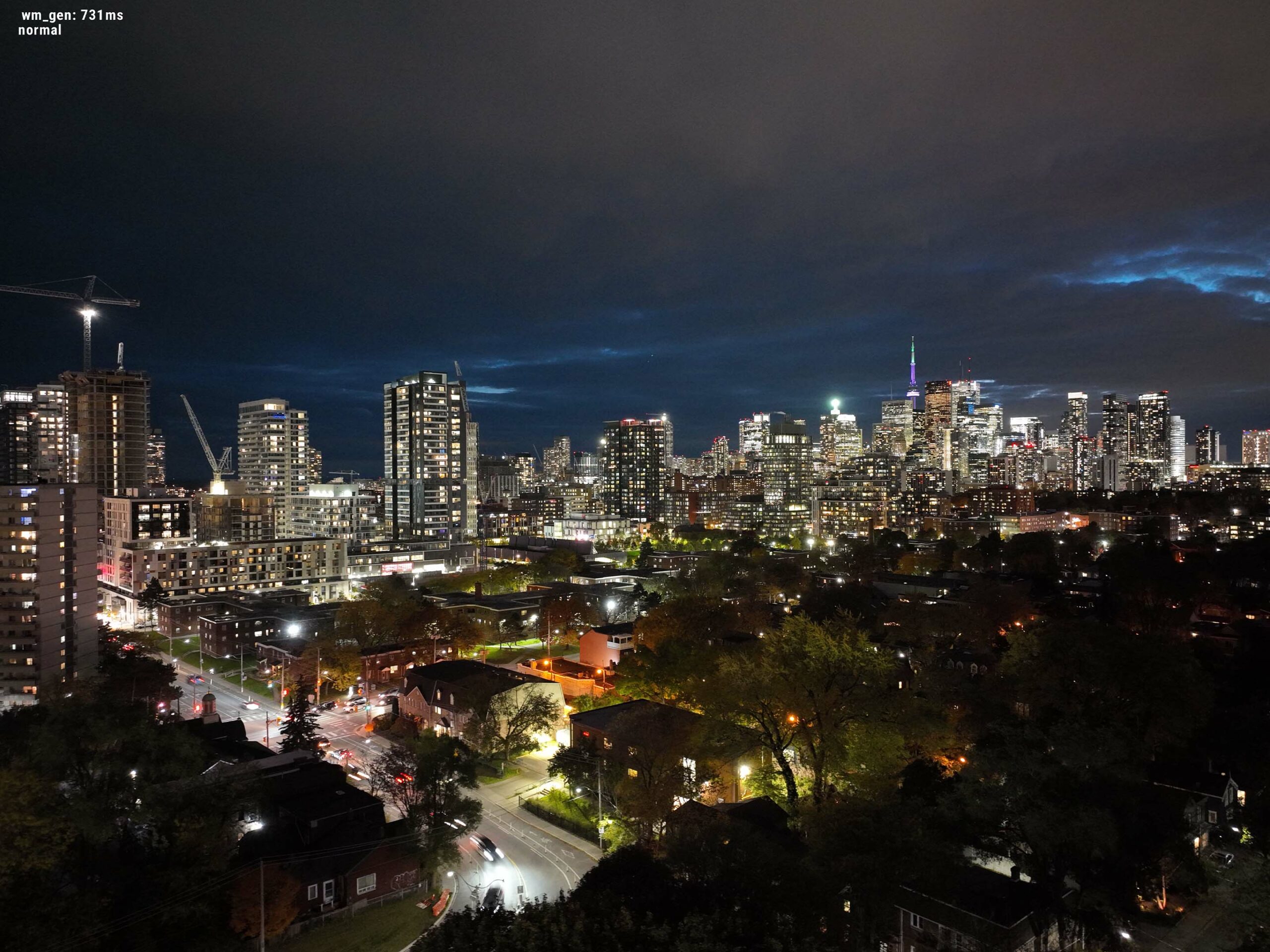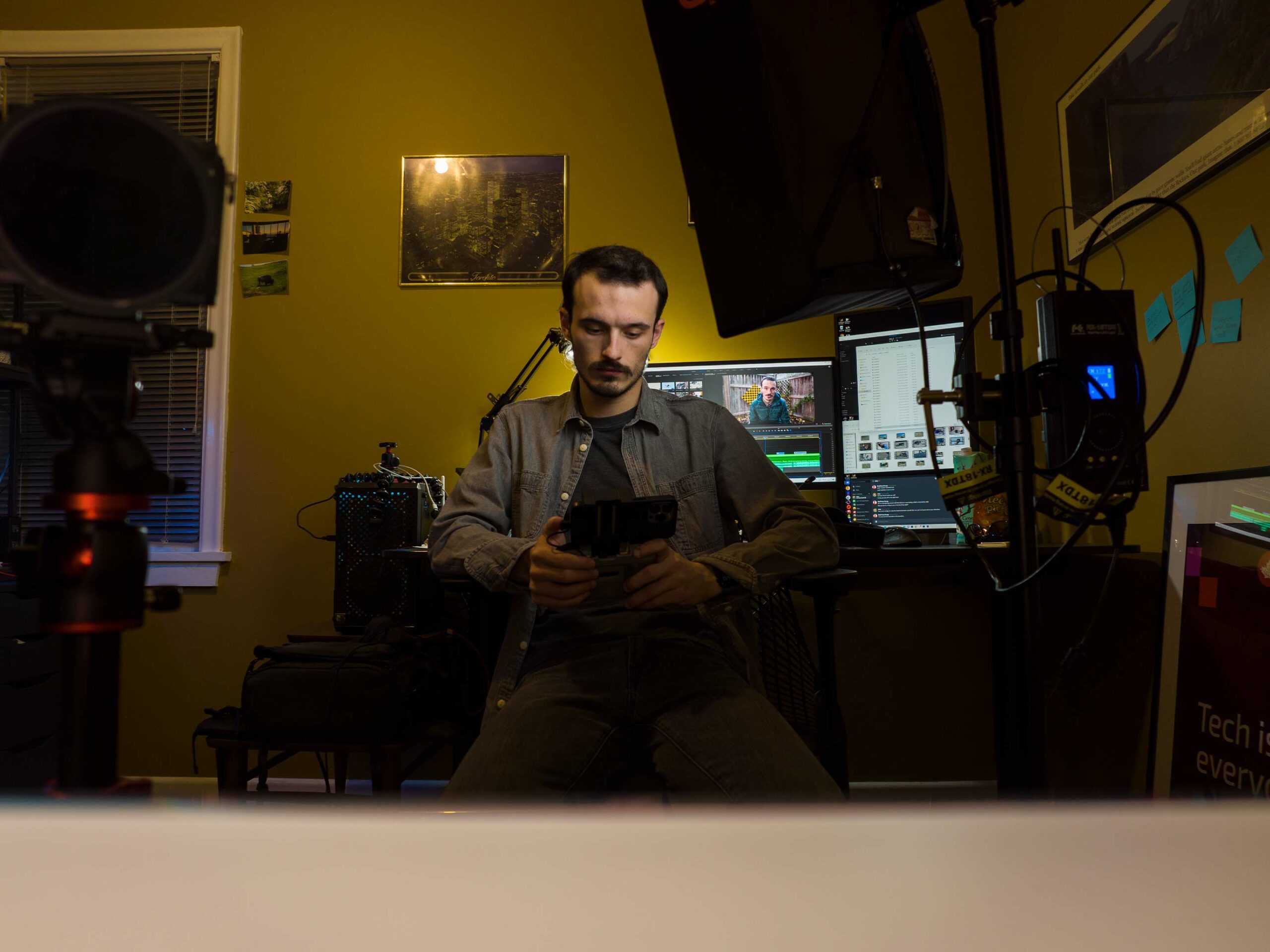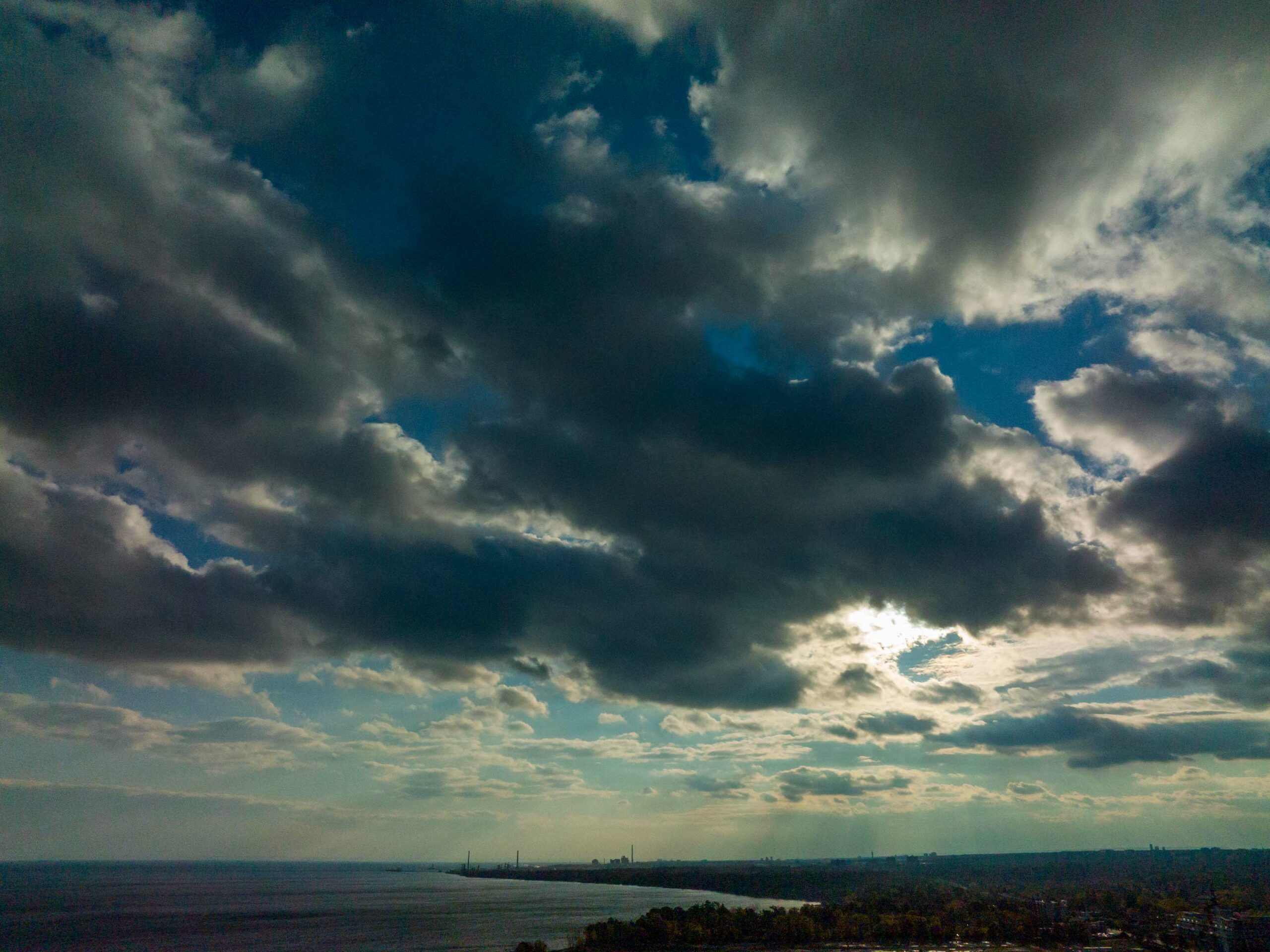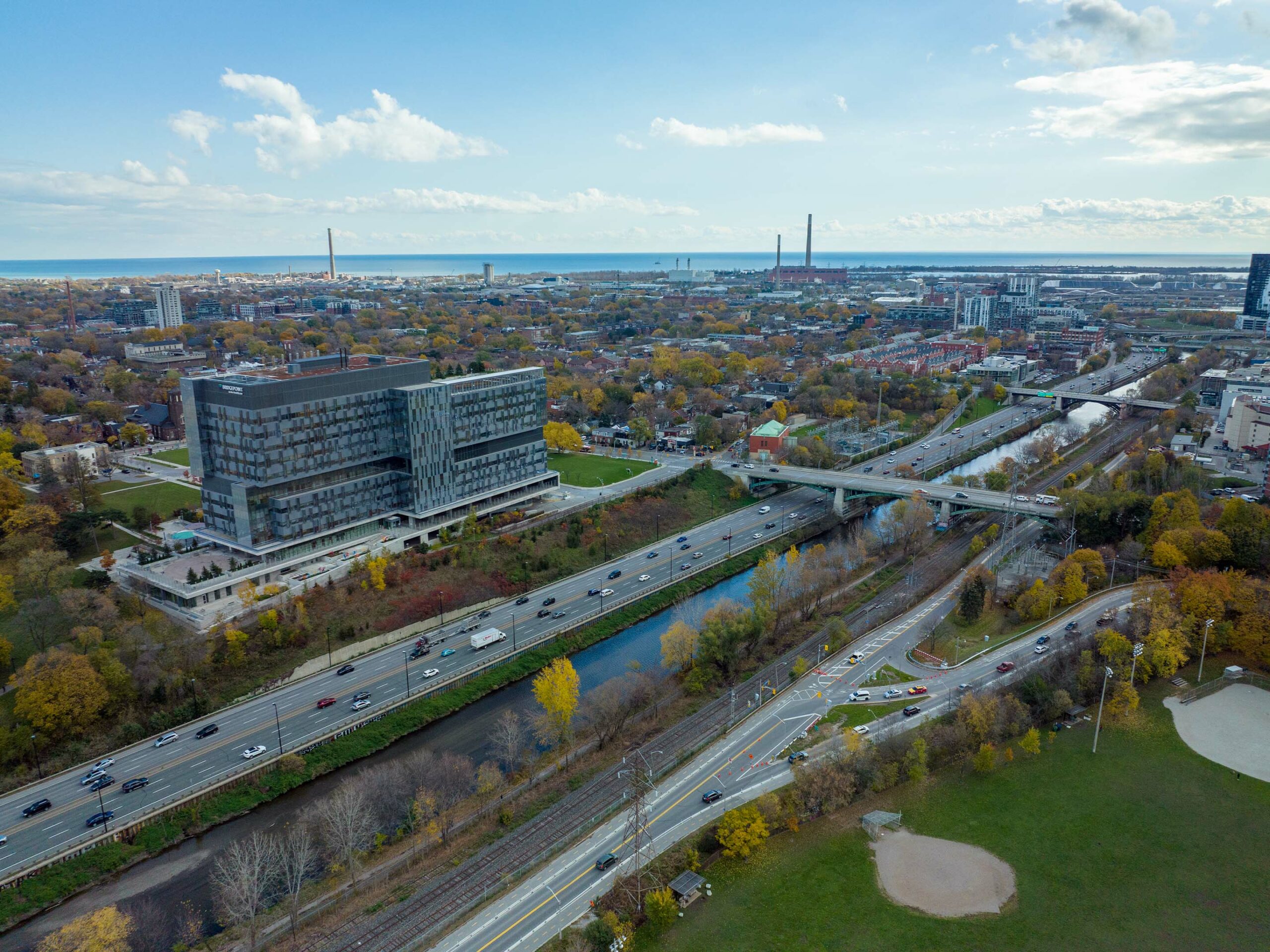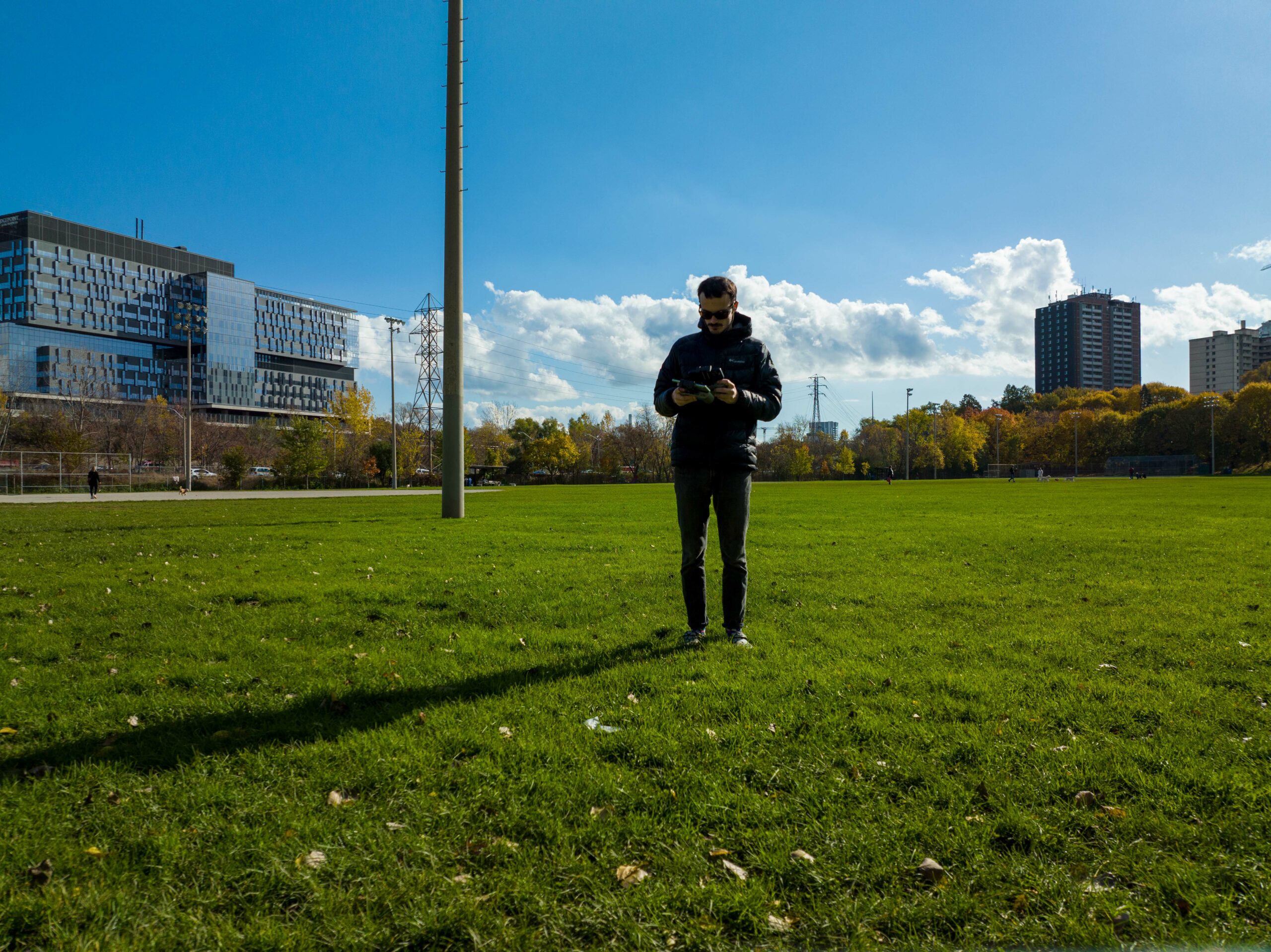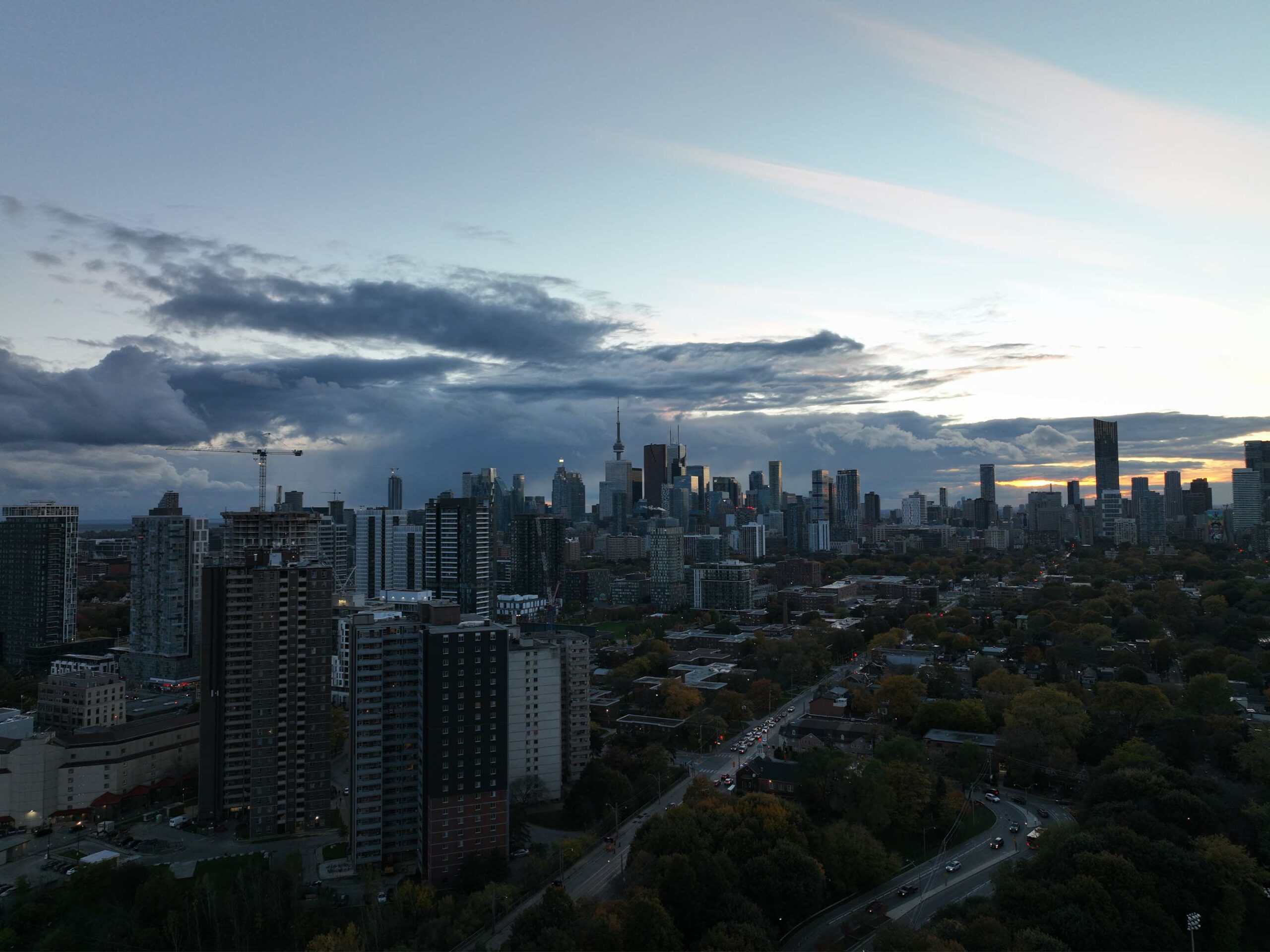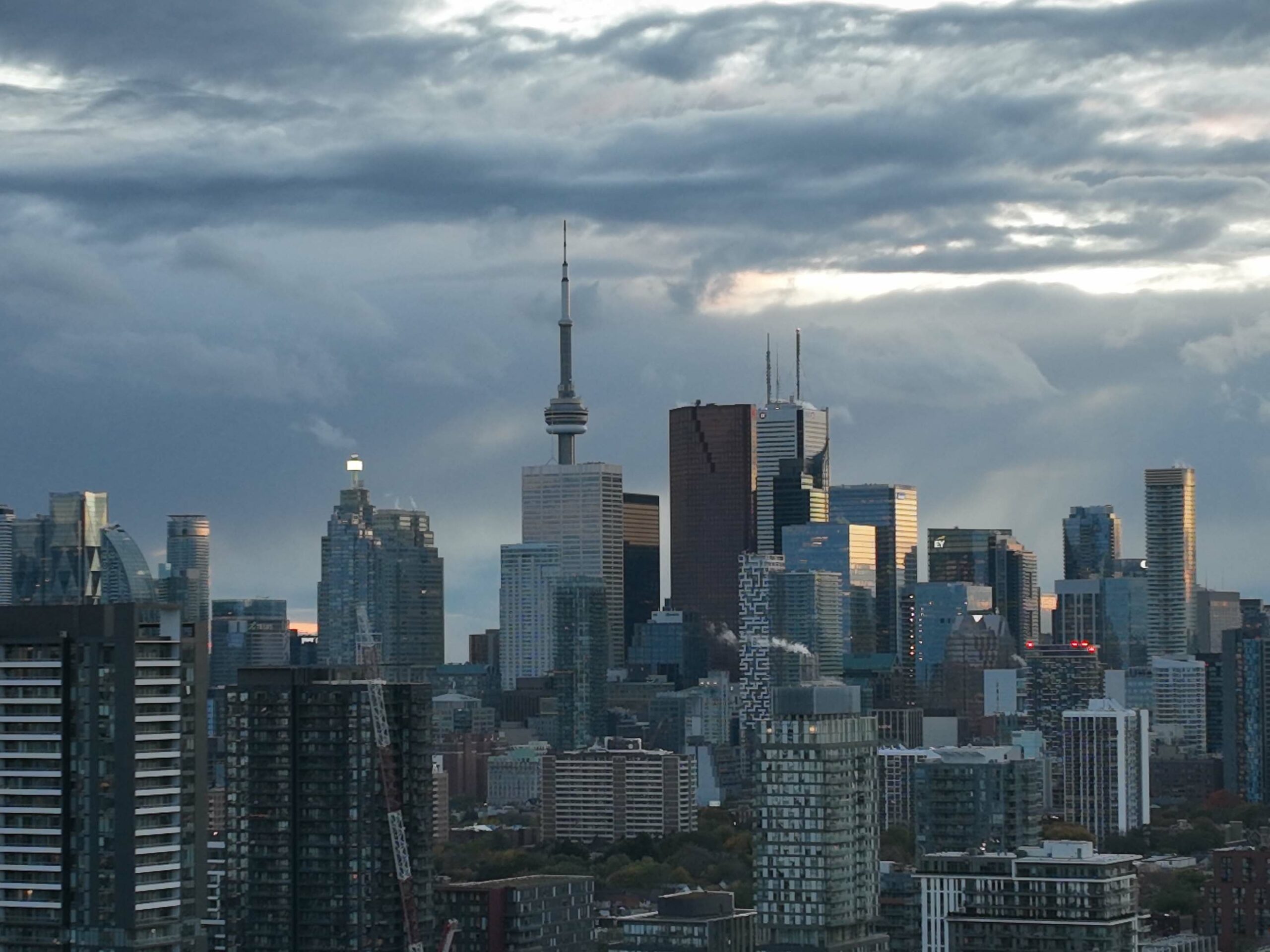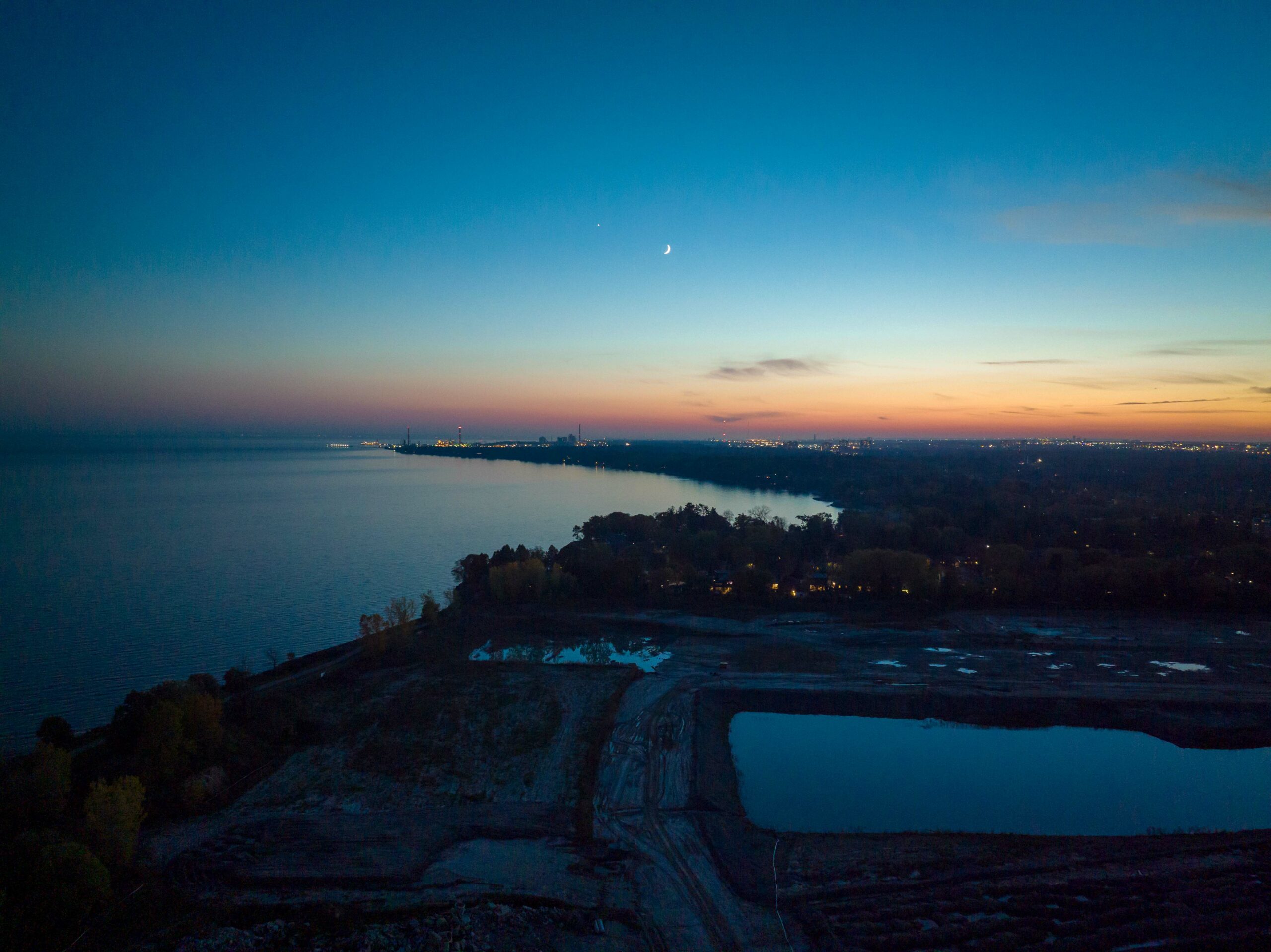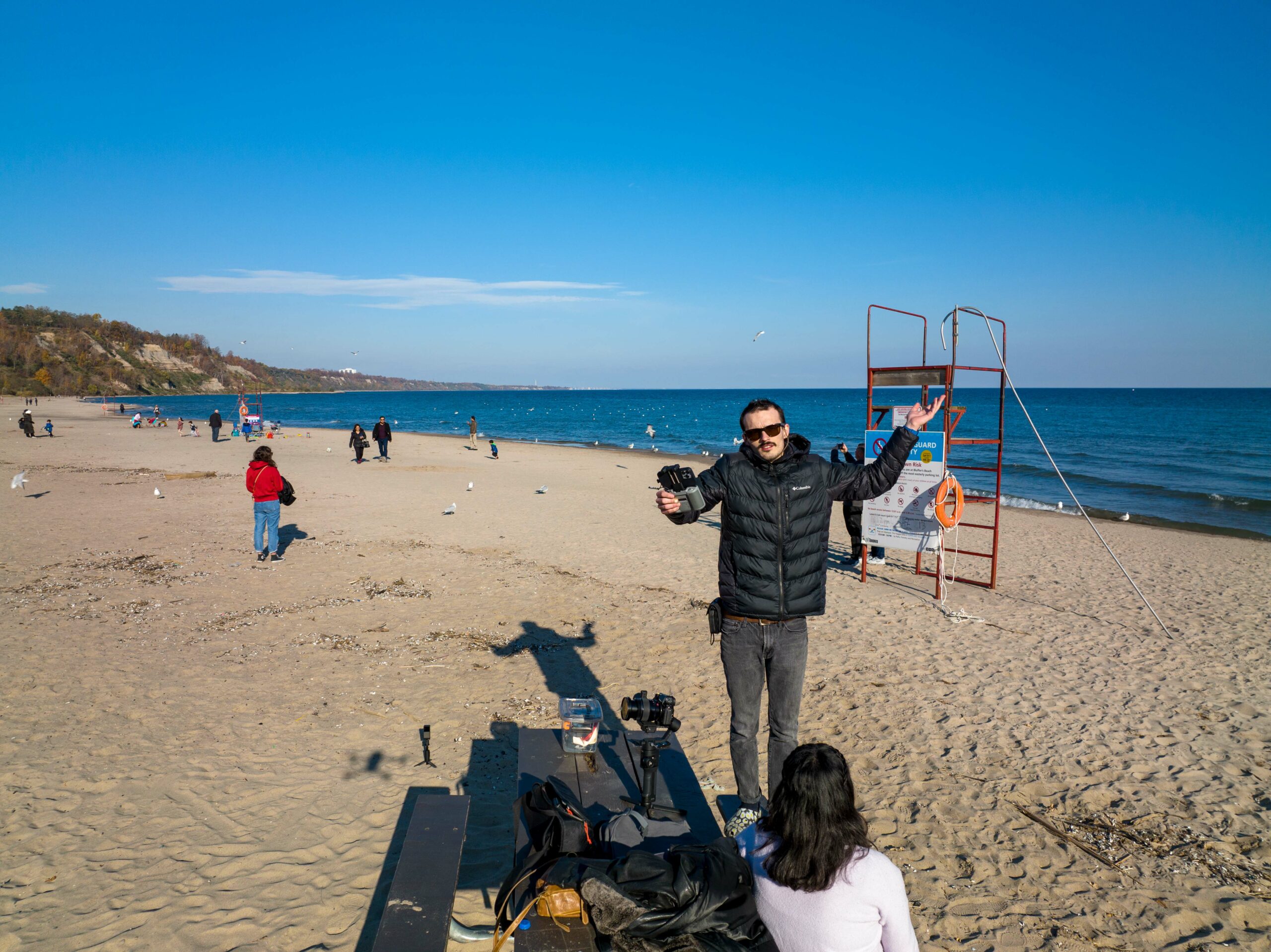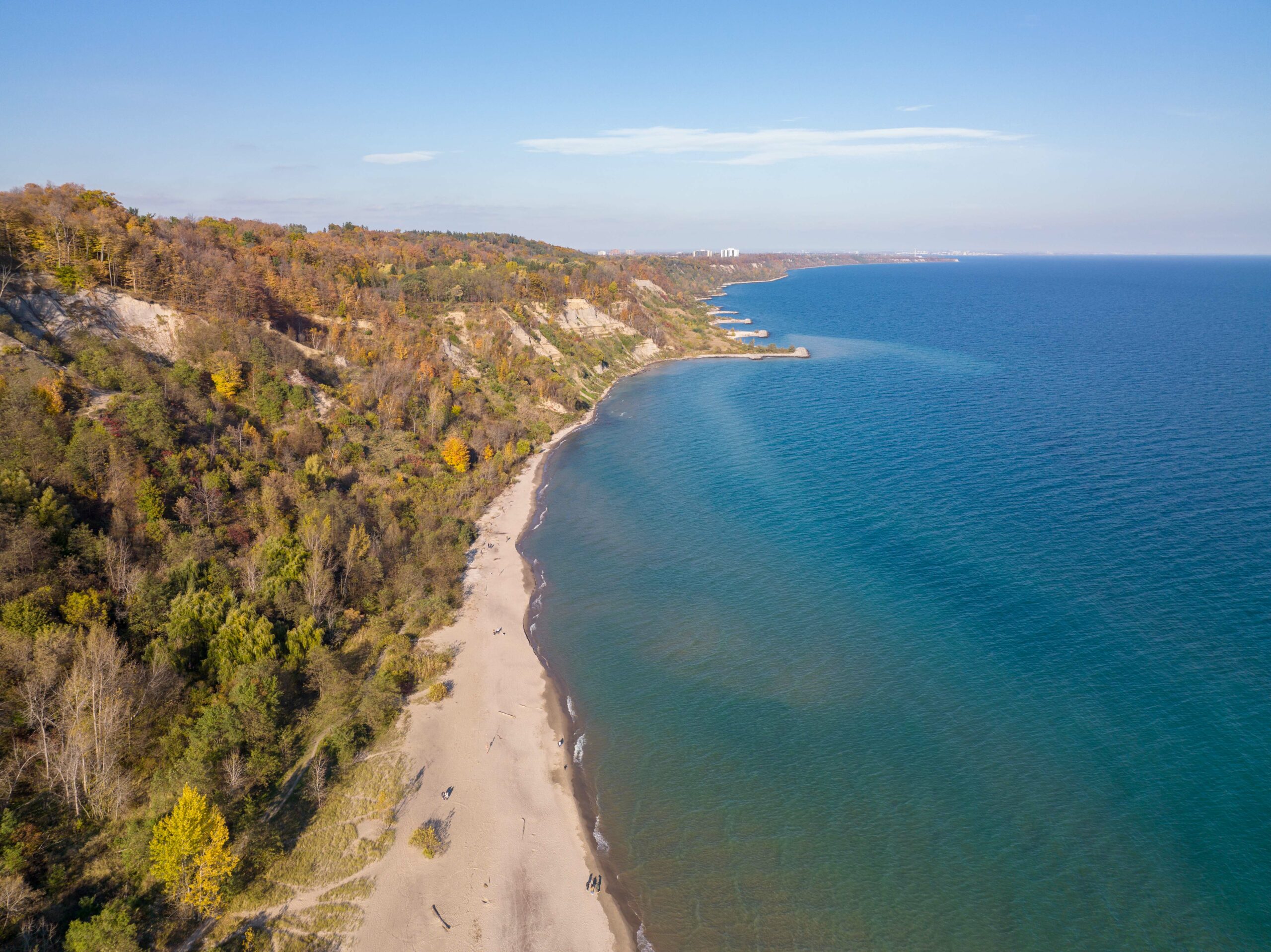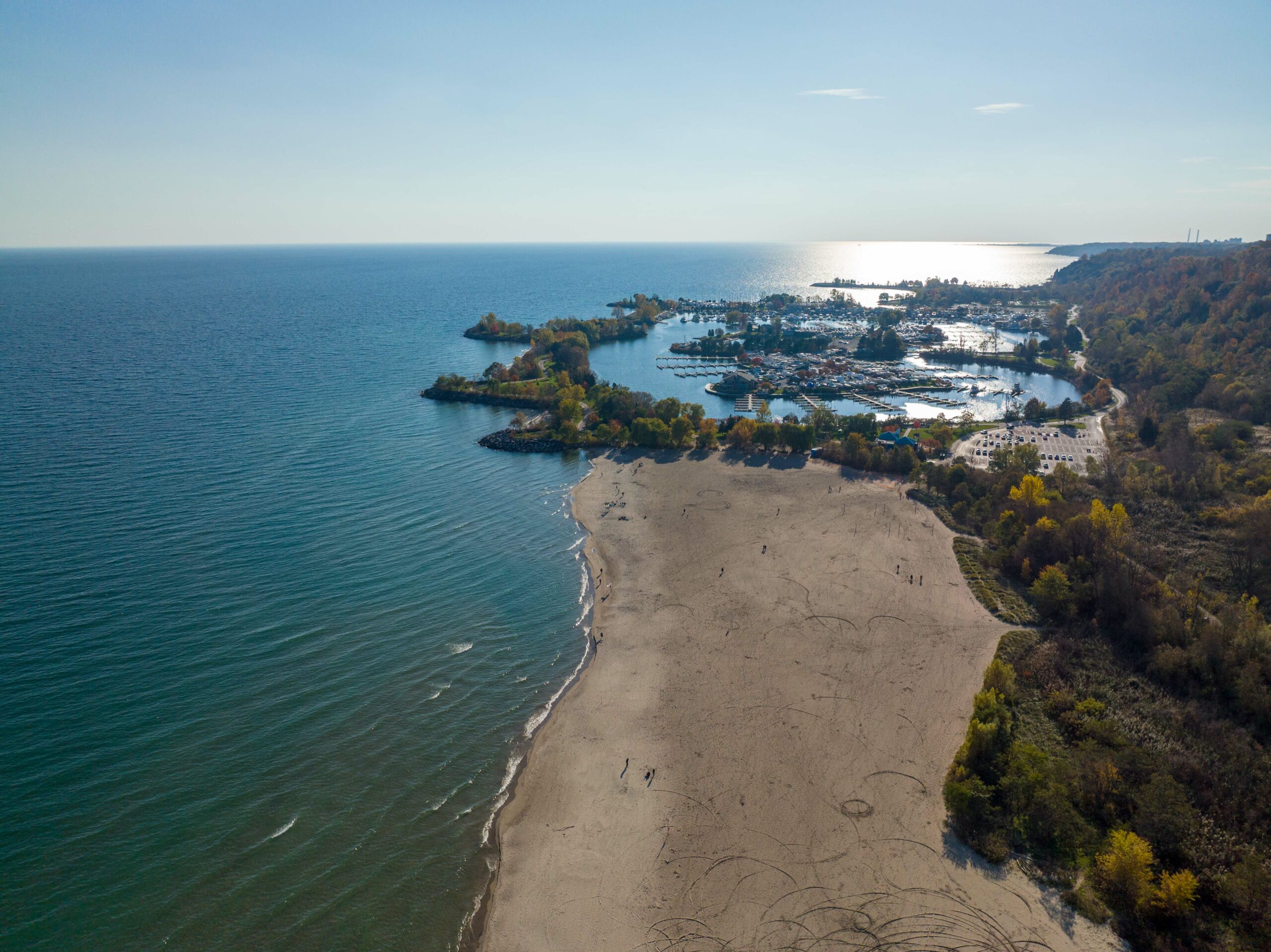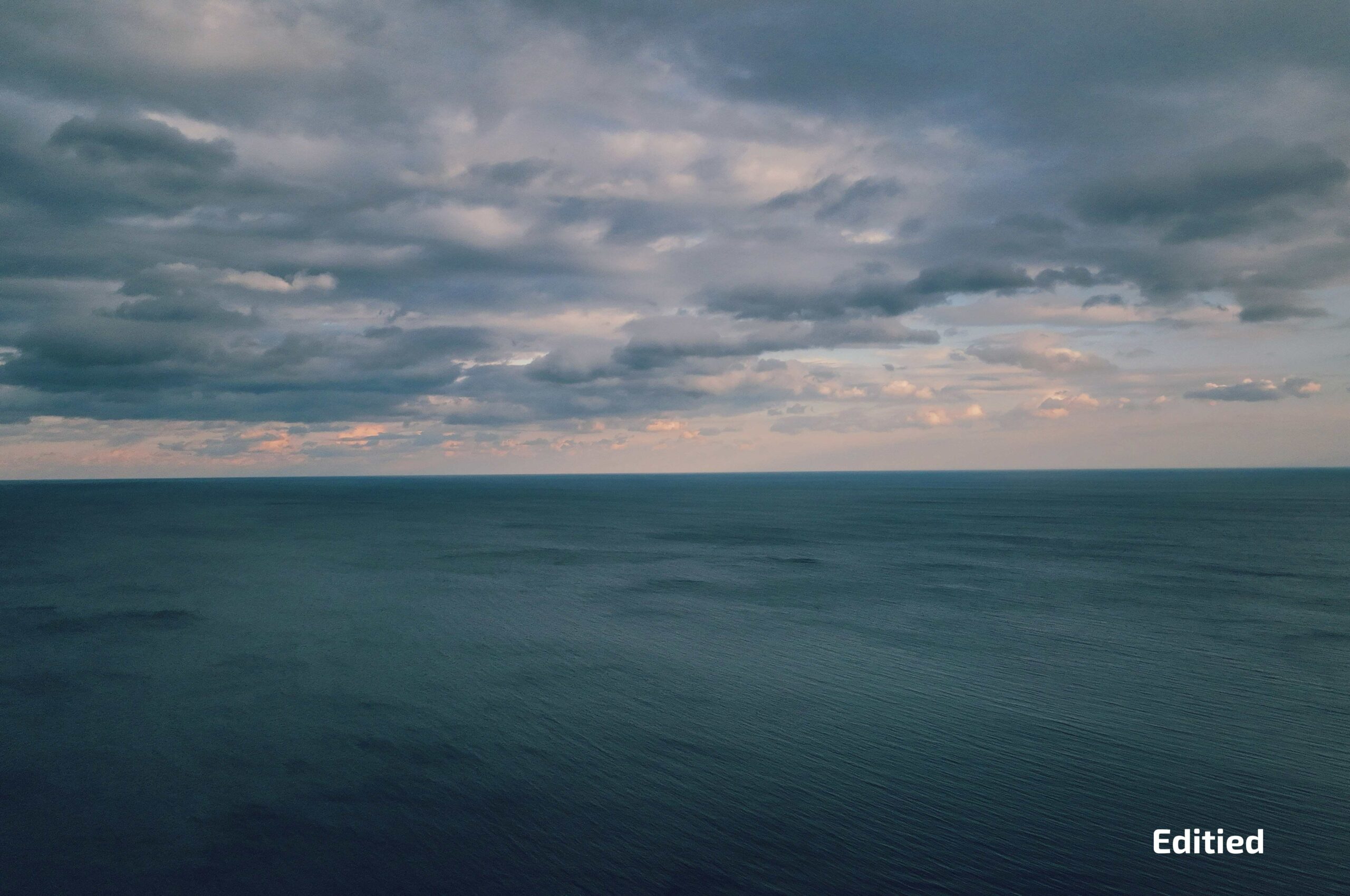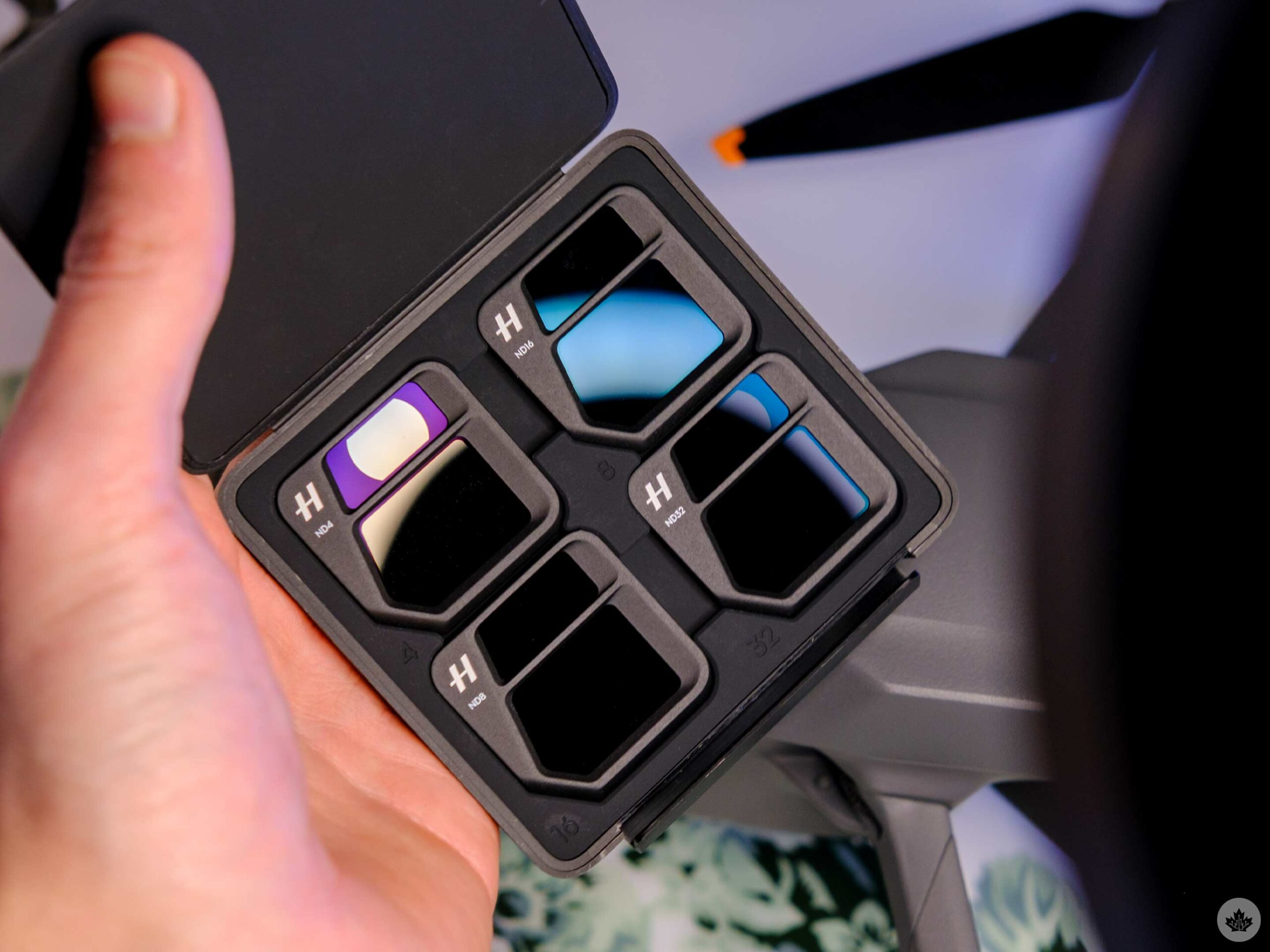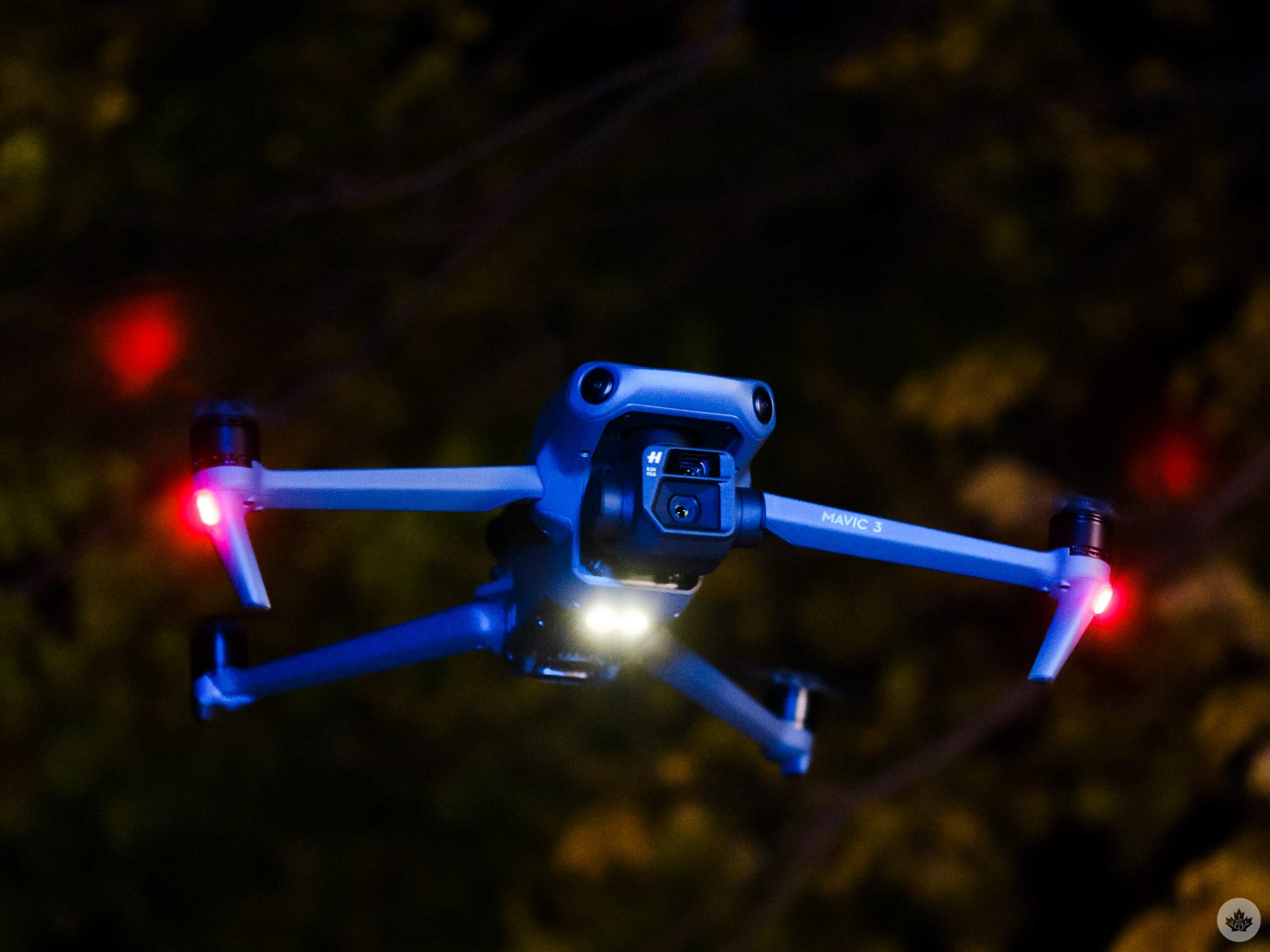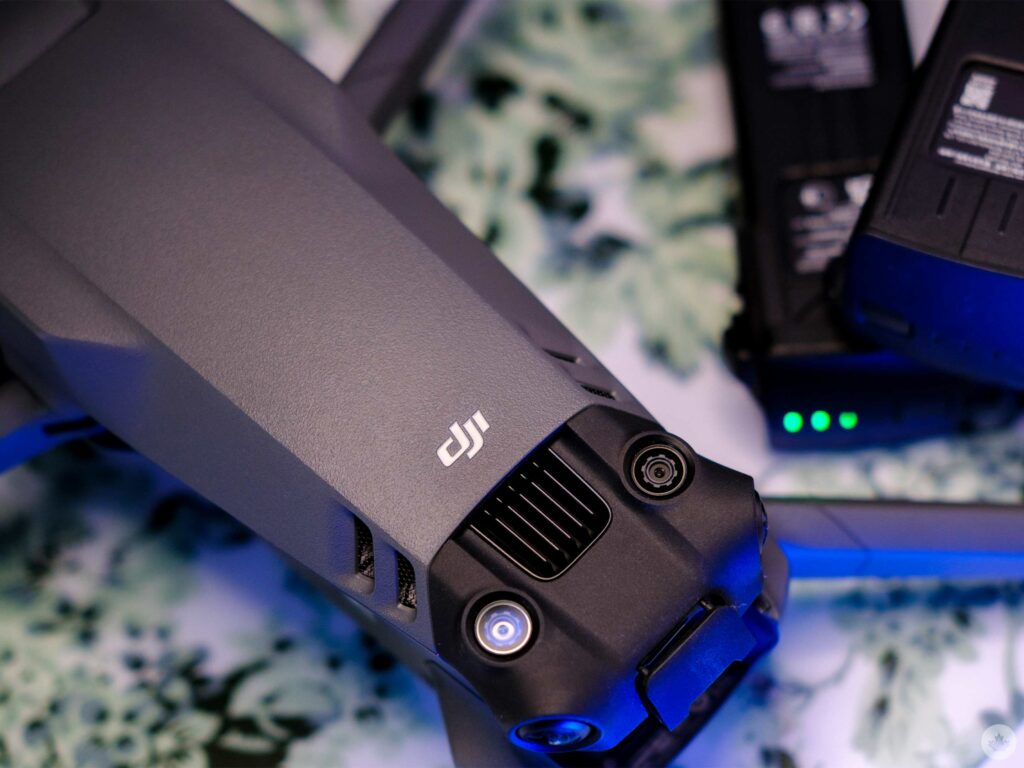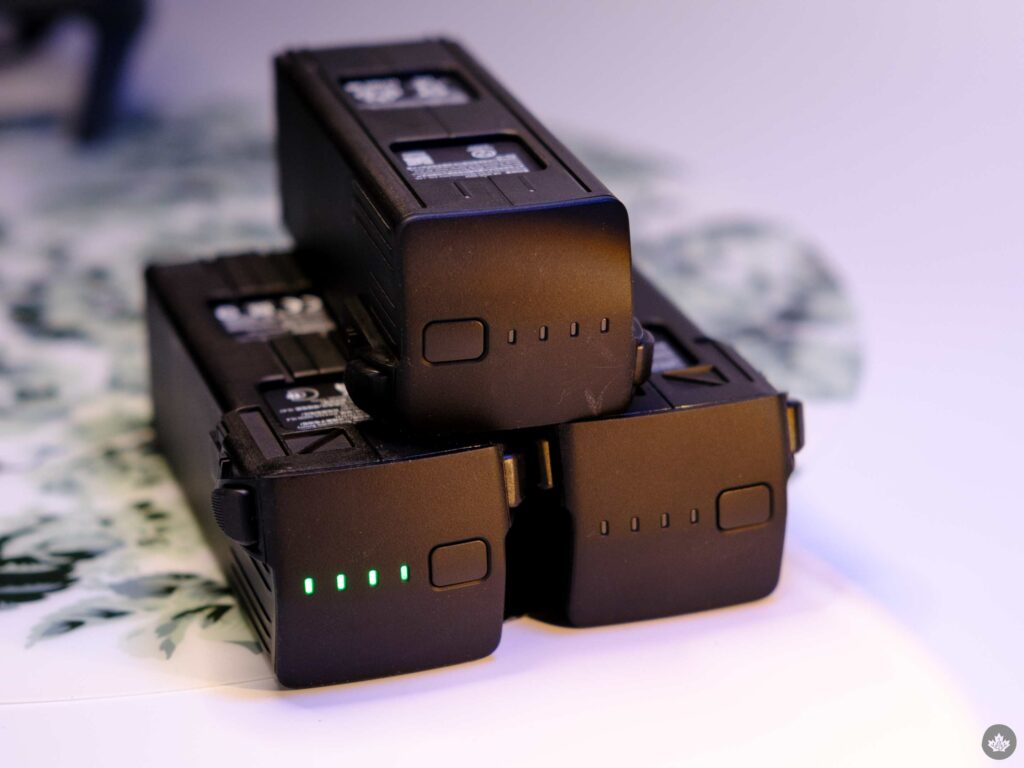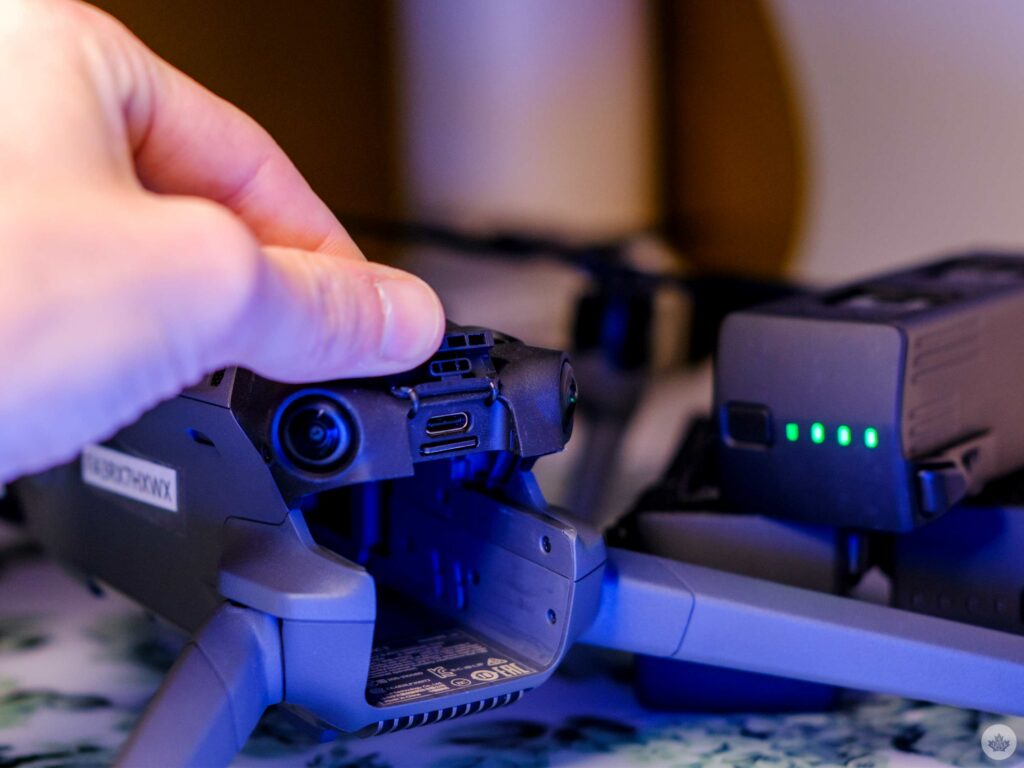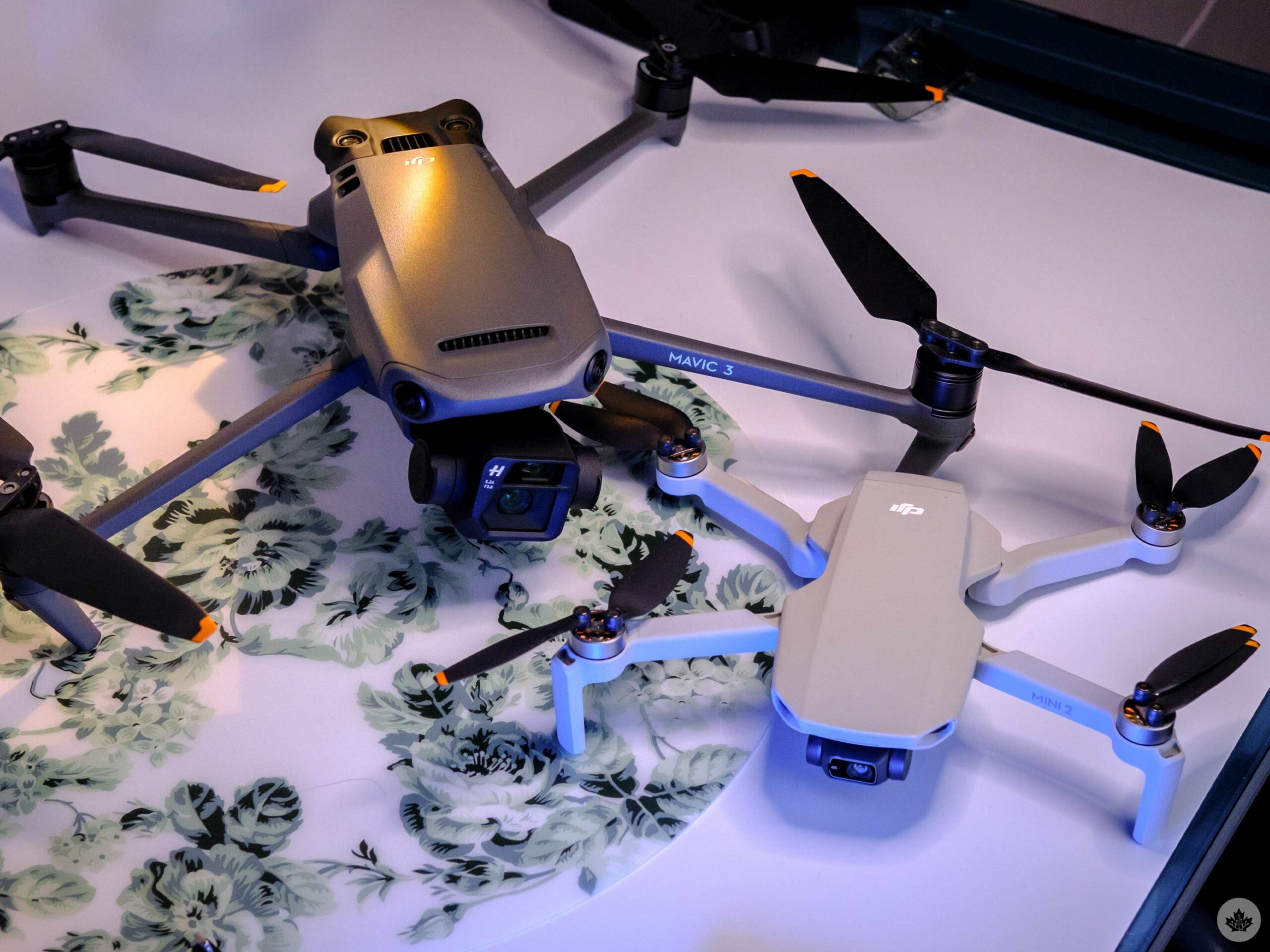
The Pros
- Stunning main 4/3 sensor
- Great obstacle avoidance
- 45-minute battery life
The Cons
- Heavy to carry around all day
- Very expensive
- Telephoto lens isn't great
DJI’s Mavic 3 is finally out.
As expected, the China-based company has fully loaded this drone with advanced tech. While it steps back some of the camera features from the Mavic 2 Pro, it’s still packing a stunning 4/3 CMOS camera sensor and numerous other improvements that aim to justify its $2,700 starting price in Canada.
Notably is a separate 7x zoom camera with a 28x digital zoom and joyously long flight times of 45 minutes per charge.
If you’re looking for a top-of-the-line drone, there’s no doubt that this is it.
However, enthusiasts and weekend flyers might have a more challenging time opting for the Mavic 3 over a DJI drone like the Air2S or even the Mini 2.
I’ll also mention that I tested the Mavic 3 Fly More bundle. This package includes several extras but isn’t the full spec ‘Cine’ bundle that features a 1TB internal SSD and a controller with 15KM of range.
Instead, it features the standard DJI controller that comes with the Mini 2 and the Air 2S, plus two extra batteries, a carrying case, some ND filters and a charger.
Two cameras?

A close-up of the two cameras. The top lens is the telephoto and the bottom is the regular 4/3 sensor.
At first glance, the Mavic 3’s two-camera setup makes it appear very appealing, but be aware that the zoom lens is restricted to an ‘Explore mode’ when you’re flying, and it doesn’t offer the best photo quality. Still, the primary lens more than makes up for it.
From the first time I flew this drone, I was blown away by the camera’s crispness and dynamic range. Flying in Toronto showed clean building lines and moderately well-exposed skies. Once you fly the Mavic 3 at sunset, it becomes intoxicating.
Note: Most of these photos have received basic edits in Lightroom unless otherwise stated on the photo.
Even when taking photos, you can capture massive 20-megapixel 5280×3956 pixel resolution RAW DNG files, so you can even edit them quite a bit in post. This camera is surprisingly capable, and the Fly More package even comes with ND filters, making it worthwhile for video shooters.
The main camera can also capture 5.1K video up to 30fps and 4K up to 120fps. This means that even cropped in the drone pans still look very clean. You also have complete manual control over the primary camera in the sky, allowing you to adjust aperture, ISO and shutter speed on the fly. The Cine bundle can even shoot Apple ProRes 422HQ, but the standard option only gets the built-in Hasselblad colour or 10-bit DLOG, which still grades quite nicely.
Switching over to the 7x zoom lens yields satisfactory results, but it’s noticeably softer than the ultrasharp 4K you get from the primary sensor. Zooming in past 7x, it becomes too noisy to shoot good photos, but it does allow you to look around.
I found this to be a bit creepy since you could theoretically watch people from very far away. That said, I’ve also seen other reviewers mention that the additional zoom could be helpful for location scouting. Still, it’s a reasonably powerful zoom, even if the photos are a noisy mess.
Overall, it’s a neat addition to the drone, but it’s not a feature I found I used very often.
Cleared for takeoff
Taking the drone up in the sky is another story, and weirdly enough, it’s a lot easier to fly the Mavic 3 compared to a starter drone like the Mini 2.
The Mavic 3 features sensors pointing in every direction, making it very good at detecting objects and either avoiding them or stopping directly in front of them. It’s bizarre to fly a drone straight at a tree or myself, but every time I did, the Mavic 3 veered out of the way since I had it set to avoidance mode. It also did this smoothly enough that when it happened, the footage wasn’t jerky.
The sensors also allow you to know how far away you are from objects when you’re flying. This makes it easier to tuck the Mavic 3 into tight spots that I wouldn’t even dare take the Mini 2. It does this by simply telling you on the controller’s screen how far in meters you are away from objects with an arrow pointing toward what direction that object is in. It’s not as much awareness as you’d get with a drone in virtual reality (VR), but it’s beneficial for flying in smaller areas.
The Mavic 3 is also supposed to be able to do a handful of preset shots — called Quick Shots and Master Shots — but unfortunately, I was unable to test them in my time with the drone. A software update is coming in January that adds the feature, and I’ll report back then. This also means that active tracking is disabled until then, which is a crucial feature for a lot of smaller one-person team filmmakers.
Another great thing about the Mavic 3 is that it’s very speedy in sport mode, allowing you to move between shots efficiently. On top of that, each battery lasts for roughly 45 minutes, which is a long time to be up in the air. This is a huge boost coming from the Mini 2 that lasts for around 25 minutes on a charge. It takes about an hour and a half to charge the batteries once they run out of juice. It’s worth noting that the Fly More and Cine Bundles come with extra batteries and a charging station.
Another subtle change when flying the Mavic 3 is that the propellers sound less aggressive than other drones I’ve heard, like the Mavic 2 Pro, for example.
What else can it do?
Both the Fly More and Cine bundles come with a helpful bag to store your drone in. The bag is great if you’re only travelling to the park, but it’s not the most comfortable bag/backpack around for longer journeys. It’s fantastic that it converts between a few modes, but overall, it’s more flash than substance.
When you’re finished flying, the gimbal locks on this drone, which is excellent for travelling. This ensures it doesn’t rattle around as much as some other DJI drones. That said, you still need to attach a cover over it, so it’s not that much of an improvement.
This time around, DJI has made it easy to attach ND filters to the Mavic 3’s cameras, and I’m excited to see if companies create other types of filters for this mount. If you do want to get creative, DJI also sells an ultrawide lens attachment for the Mavic 3.
The regular Mavic 3 only offers 8GB of internal storage. While this is great for emergencies, it’s absurdly tiny. However, you can use Micro SD cards, but for a Drone that can fly for 45 minutes, it would be nice to be able to record footage for at least that long on the internal storage.
The drone for pros
The Mavic 3 is an excellent tool for professionals/camera nerds given you can get a lot out of this drone when used correctly. However, learning all the quirks of drone videography and photography does take a while, so the Mavic 3 might not be the best starter drone for people who are new to the hobby.
Still, there’s no denying that if you’re looking for a top-of-the-line drone, the Mavic 3 checks nearly every box. If you only need it for a few shots and camera quality is more important than battery life, I think you could also make do with the Mavic Air 2S as well.
Every time I get the Mavic 3 up in the sky, it surprises me with the quality of its footage, its speed in the air and how easy it is to fly. However, it’s the camera that keeps me coming back for more and has really turned me onto drone photography.
While the Mini 2 is a great drone, the lack of dynamic range makes it difficult to get well-exposed images during daylight with both the sky and ground in the shot. The Mavic 3 doesn't struggle as much with this, and it’s pretty awesome. We have a more direct comparison of the two drones here.
All of the other DJI tricks and modes from previous drones are included in the Mavic 3 as well. The standard bundle costs $2,699 at Best Buy. The Fly More combo is $3,639 and the Cine package rings in at $6,049.
"Every time I get the Mavic 3 up in the sky, it surprises me with the quality of its footage, its speed in the air and how easy it is to fly."
MobileSyrup may earn a commission from purchases made via our links, which helps fund the journalism we provide free on our website. These links do not influence our editorial content. Support us here.

